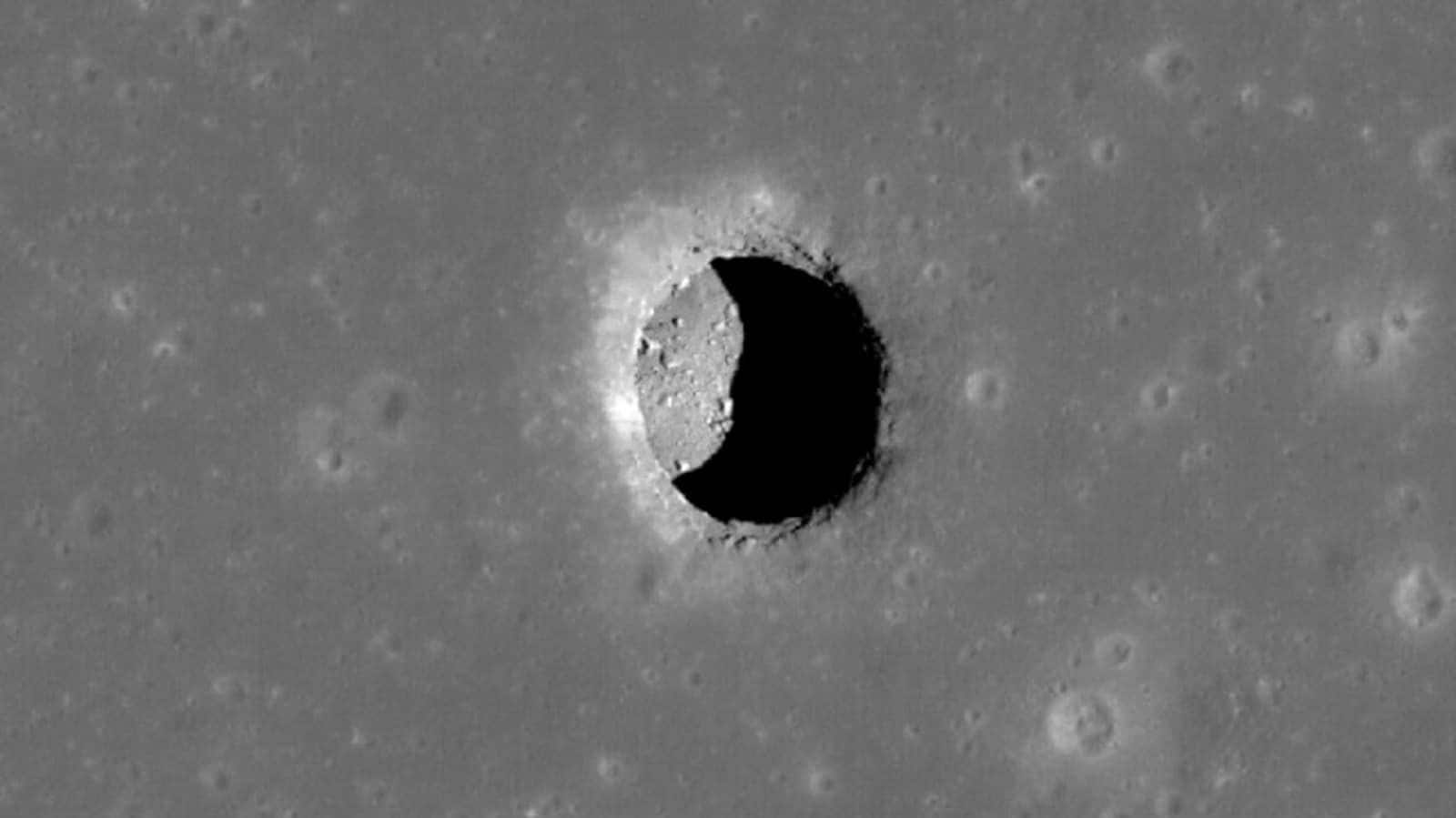
Newly discovered cave on Moon could house future astronauts
What's the story
A team of scientists, led by Lorenzo Bruzzone and Leonardo Carrer from the University of Trento in Italy, has discovered a substantial underground cave on the Moon. The cave is accessible from an open pit in the Mare Tranquillitatis (Sea of Tranquility), where Apollo 11 astronauts first landed over half a century ago. According to radar data collected by NASA's Lunar Reconnaissance Orbiter (LRO), the cave measures 45m wide and 80m long, equivalent to an area of 14 tennis courts.
Cave significance
Lunar caves: Natural shelters for future Moon missions
Bruzzone and Carrer believe the discovered cave is likely an empty lava tube formed through volcanic processes millions or billions of years ago. These underground structures could provide natural shelters against cosmic rays, solar radiation, and micrometeorites. Carrer stated that the main advantage of caves is that they provide the main structural parts of a potential human base without requiring complex construction activities. Inside these caves, temperatures remain relatively stable, making them suitable for human habitation.
Scientific interest
Lunar caves: A treasure trove of geological information
Scientists are eager to study these lunar caves as they may hold clues to the Moon's formation and volcanic history. The caves could also contain water ice, a crucial resource for long-term lunar missions and colonization. Over 200 pits have been identified on the Moon, many of which could be entrances to subterranean lava tubes. However, accessing these caves presents a significant challenge due to their depth and loose debris surrounding the entrance, according to researcher Robert Wagner.
Future plans
Preparing for lunar habitation: Challenges and considerations
As humans prepare to return to the Moon, space agencies are considering how to assess the structural stability of these caves and reinforce their walls and ceilings. Future lunar habitats may also need monitoring systems to warn of movement or seismic activity. Separate areas for astronauts to retreat in case of cave collapse are also being considered.